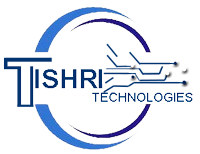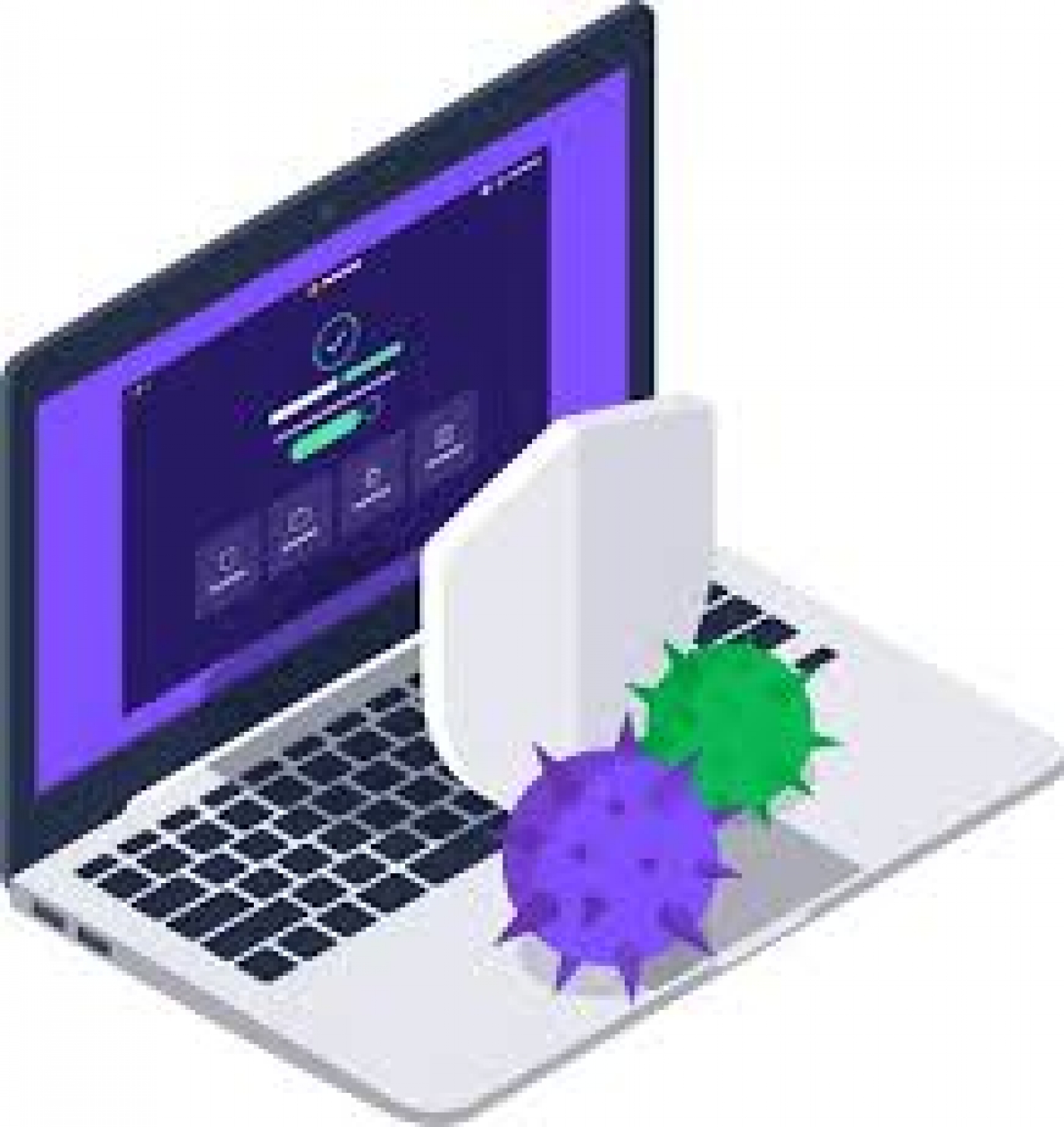Relying on the built-in security features protecting your system may be all well and good, but it can be useful to manually check whether a virus or malware has infiltrated your system without being detected.
Here’s how to check your Mac for viruses and malware.
Performance downgrades
One of the indications of possible malware and viruses infecting your Mac is a notable reduction in performance speed. One of the best ways to look into exactly what’s causing your Mac’s CPU to perform in a sluggish manner is via Mac’s Activity Monitor.
Step 1: Open Applications > Utilities > Activity Monitor or search for "Activity Monitor" in the Finder’s search bar. Double-click the app to open it.
Step 2: In the Process Name field located under the CPU tab (which should be selected by default), look through whatever is listed and how much of the CPU percentage it requires to operate. If you’re unsure of any of the process names, simply type them into Google, which will inform you whether it’s something you should be worried about or not.

Step 3: If you do locate any harmful apps and malware within Activity Monitor, click the item and then select the X button at the top-left to terminate it.
Step 4: Similarly, open the Memory tab and analyze the Process Name section to see if there are any unknown or unusual process names you don’t recognize that are demanding a considerable amount of memory usage.

Browser extensions
While you may have Apple’s option for only downloading apps from trusted developers enabled, Mac users don’t have the same luxury when it comes to browser extensions. This can thus lead to a threat actor installing potentially harmful extensions that slow down performance, spread malware, etc.
If you’re using Google Chrome, for example, click the Menu tab on the far right side of the window, click the More Tools field, and select Extensions.
Scan through your browser extensions and remove any suspicious extensions that have been added.
Suspicious apps and downloads
Checking the list of installed applications on your Mac should be something that’s performed on a regular basis to make sure you definitely installed them all and still want them installed.
Step 1: Open the Applications folder, located in the left sidebar of Finder.
Step 2: Look for any apps you didn’t install yourself. Click Control + [Program] and select Move to Bin. Don’t forget to empty the trash to permanently delete the app from your system.
Step 3: Naturally, any downloaded file from an unknown or untrusted source can potentially contain malware and viruses. Ever had a pop-up appear on your web browser that automatically downloads a file without your permission? Go to the Downloads folder on your Mac and delete anything you didn’t download yourself. As is the case with applications, be sure to empty the bin if you do remove any particular files.
Full Disk Access
Full Disk Access is a feature that lists all the applications that have unrestricted access to your Mac. Threat actors that create harmful trojans, spyware, keyloggers, etc. will ultimately aim to gain access to this area as it essentially makes them the system administrator. If they're successful, they can inflict some serious damage. Therefore, if malware or a virus has indeed made its way onto your system, it could appear here.
Step 1: Click System Preferences > Security & Privacy > Privacy tab.
Step 2: On the sidebar, click Full Disk Access.
Step 3: Here, you can check which apps of yours have complete access to your Mac’s disk. If there’s anything listed you don’t recognize, deselect it and proceed to delete that app from your system.

Login Items
Another way to manually check for malware on a Mac is through Login Items. As its name suggests, it controls which applications boot up alongside your system. Using this feature can also prove to be an effective way to check your Mac for viruses and malware.
Step 1: Head to System Preferences and then click Users & Groups.
Step 2: Click the Login Items tab. Unselect any suspicious-looking items. Search for their purpose on Google for further information and, if additional action is required, locate the source and delete it.

Antivirus and malware scanner programs
If you do think you have a malware infection, you need to know how to remove it. Alongside the manual methods listed above for checking malware, there are a multitude of Mac-based antivirus and malware scanners. One such program is the popular Malwarebytes, which provides a limited 14-day trial.
Step 1: Download and install the app.
Step 2: Run the scan and await the results.

Step 3: If there are any malicious files such as adware or spyware discovered by Malwarebytes, click the Quarantine Selected or Delete button to remove them all from your Mac.
Premium programs are also effective in rooting out any malware and viruses. As a general rule of thumb, consider purchasing apps from leading digital security companies such as McAfee, Norton 360, and Avast.
Source: Digitaltrends







